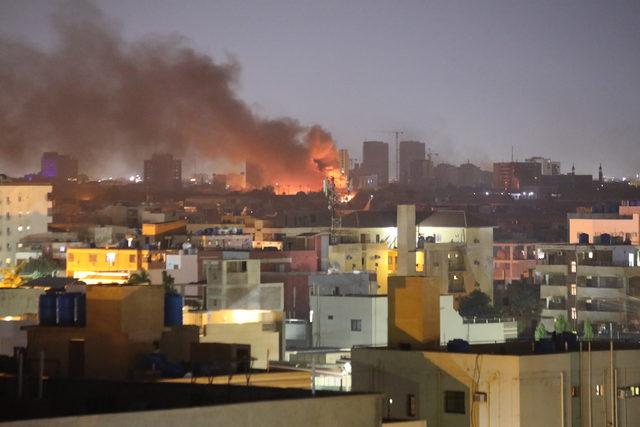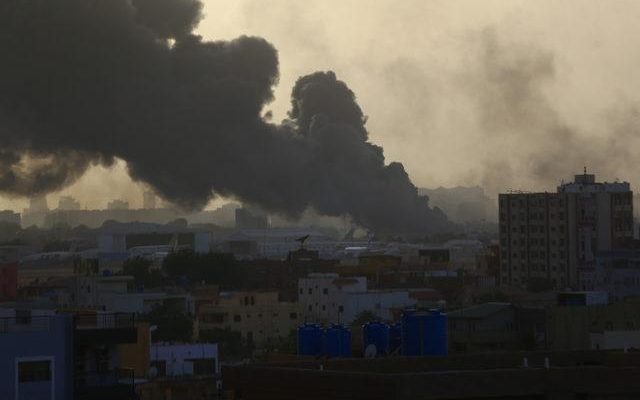In a statement made by the Ministry of Foreign Affairs, “We are closely following the situation of our citizens in Sudan. If appropriate security and logistical conditions are established, necessary guidance will be given to ensure that our citizens who wish to leave Sudan.” it was said.
While the clashes between the army and the Rapid Support Forces (RSF) continued in Sudan, it was announced that both sides accepted the 24-hour ceasefire proposal of the US Secretary of State Antony Blinken. In Sudan, Army General Shams al-Din Kabbashi said that the ceasefire will begin at 6 p.m. local time and will not exceed the agreed 24 hours.

HISTORY OF CONFLICT IN SUDAN
Armed clashes broke out between the Sudanese army and the paramilitary HDK on the morning of April 15 in Khartoum, the capital of Sudan, and in various cities.
The disagreement between the army and the HDK regarding the military security reform, which envisages “the full participation of the HDK in the army,” had turned into a hot conflict in the last few months.
The Sudanese Ministry of Foreign Affairs announced that General Abdulfettah al-Burhan, the Sovereignty Council Chairman and the Commander of the Army, had decided to dissolve the HDK, which clashed with the army, and to declare a rebel force against the state, and that they would act on this basis.
Volker Perthes, the Special Representative of the United Nations (UN) Secretary General to Sudan, announced that the loss of life in the conflict in Sudan reached 185, and that more than 1800 civilians and soldiers were injured.
